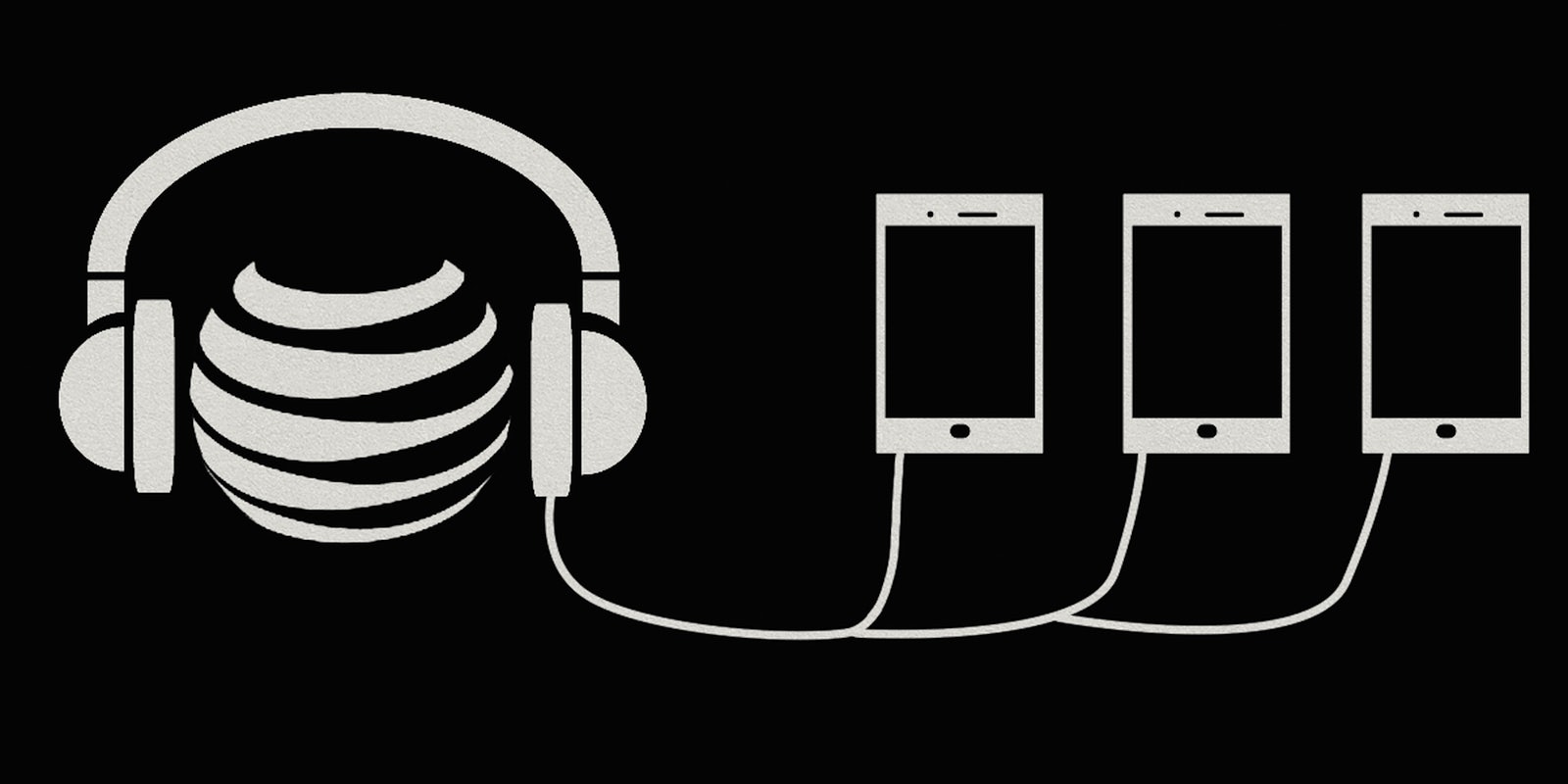It isn’t just the National Security Agency that has a record of every phone call in America. Individual phone companies can keep their own tabs.
AT&T maintains an enormous database of phone metadata records, according to a new report by the New York Times. That database is believed to rival even the one kept by the NSA, as it stretches back for the past 27 years.
This data includes call time and length, and who calls who. The biggest revelation, though, is that it also includes location data of cell phone users.
Whether the government possesses a similar massive database of most Americans’ location history, obtained through their cell phones, is one of the biggest questions left about the NSA. There hasn’t been any hard proof of such a program since former NSA contractor Edward Snowden began leaking documents that detail agency programs.
There has, however, been plenty of indication that such a program exists. Sen. Ron Wyden (D-Ore.), for instance, has strongly, repeatedly hinted at it. A longstanding member of the Senate Intelligence Committee, Wyden would likely be aware of such a program if it existed, and would be bound by law to not spill the beans.
Unlike the NSA’s metadata database, which contains records of virtually every call made to, from, or within the United States, AT&T’s isn’t just used for national intelligence. For the past six of those years, the Drug Enforcement Agency has made regular use of subpoenas—not warrants—to easily get comprehensive call histories of their suspects.
It’s called the Hemisphere Project, and the Times obtained proof and details of the program though a Washington activist who sent a series of information requests to various police agencies. Hemisphere is unclassified, its slides attest, but agents who use it are instructed to never refer to it by name in official documents.
The data is mostly used in urban drug busts: in 2012, one slide shows, 1610 requests were made in Houston, 617 in Atlanta, and 543 in Los Angeles. In the northwestern United States that year, the Drug Enforcement Agency and Department of Homeland Security made the majority of requests, 77 and 69, respectively. Seven percent of the time in that region, they were used specifically for marijuana busts.
It’s unclear whether other major cell phone companies participate in similar programs. The first of Snowden’s documents made public showed that Verizon handed over all its customers’ call metadata to the NSA—not including phone location. It took further disclosures to show that AT&T and Bellsouth also participated, then the Office of the Director of National Intelligence, which oversees the NSA, admitted the program at large.
However, a federal official told the Times that AT&T’s database was singular, and that he didn’t know of a comparable one maintained by another company.
Illustration by Fernando Alfonso III


